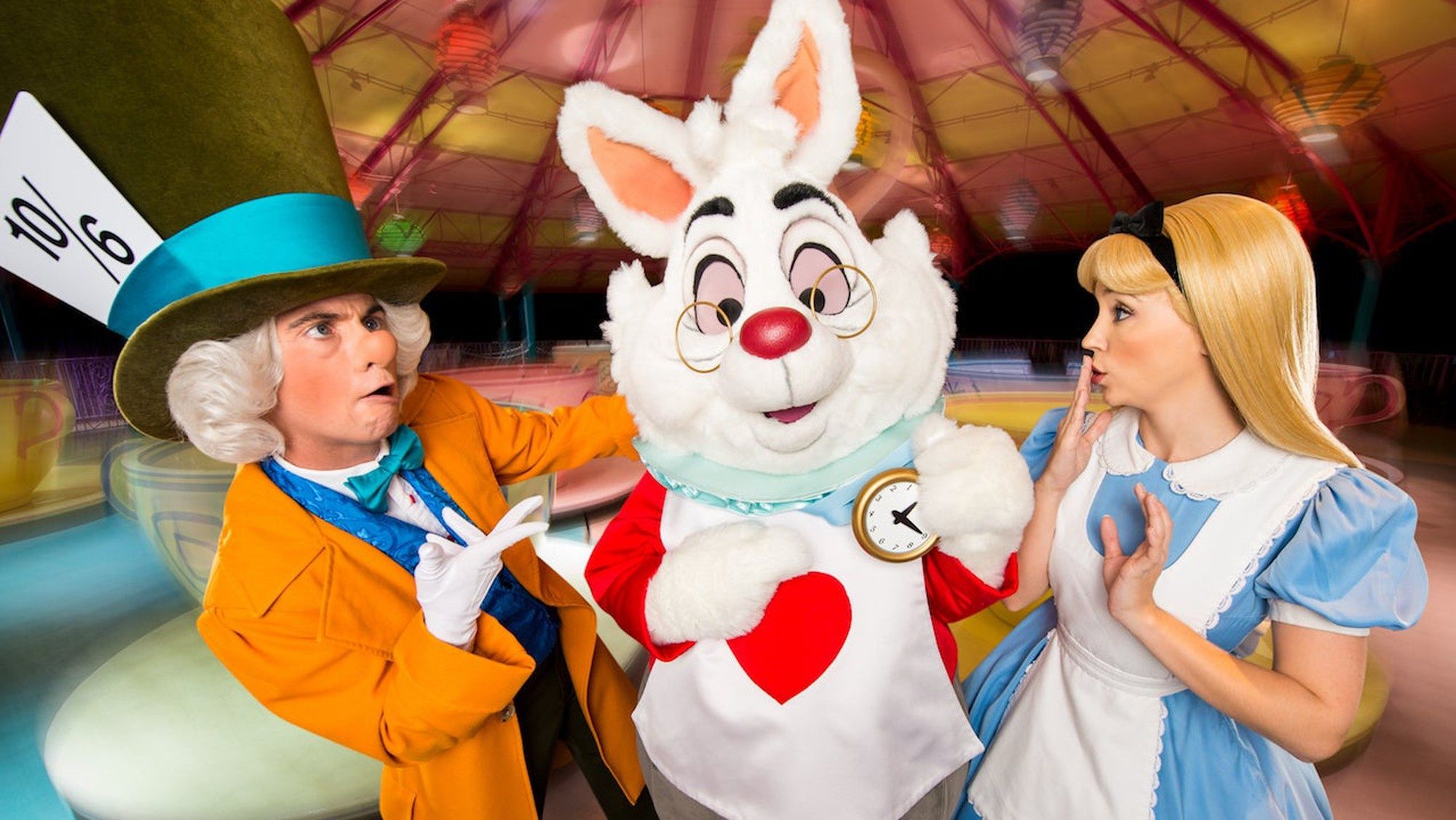It was the turnstile click heard around the world. Disney (DIS +2.57%) posted disappointing financial results on Tuesday afternoon, and one of its biggest shortcomings came at the theme park level. The media giant's domestic gated attractions experienced a rare decline in overall visitors despite benefiting from the timing of the Easter holiday and the Disneyland opening of its most anticipated expansion in 20 years.
The good news is that revenue for Disney's parks, experiences, and products division did move higher for the period, and the 7% increase was higher than the 5% gain for the segment through the first six months of Disney's fiscal year. The world's leading theme park operator was able to grow its revenue despite the drop-off in attendance by generating higher ticketing, hotel, and in-park revenue. It's disappointing to hear that fewer people visited Disneyland and Disney World despite having the full two weeks of the Easter holiday relative to last year when the two weeks were split between the fiscal second and third quarters. Some of the circumstances were beyond Disney's control, but other barriers were there by design to limit crowds during the peak summer travel season.

Image source: Disney.
Use the Force
A brutal summer heatwave and tourism-snuffing political tension have been challenging for Disney, but the House of Mouse also pulled some strings to swap quantity for quality when it comes to revenue-generating guests this summer.
- Disney raises ticket prices every year, but this has been a rare case with double-digit percentage hikes in 2019.
- Shifting to a tiered pricing strategy three years ago makes peak-period visits more expensive.
- Recently shaking up its annual passes into more categories means a lot of regulars were blocked out during the busy summer season.
- At Disney World, its first major ride addition for 2019 doesn't open until late August.
Florida won't get Star Wars: Galaxy's Edge opening officially until later this month, but Disneyland's 14-acre expansion has been up and running since late May. I checked it out for three consecutive days late last week, surprised that the immersive Star Wars-themed area seemed less crowded than the rest of the park. It could be that there's just one ride available, with the more ambitious Rise of the Resistance attraction still months away from completion. However, even CEO Bob Iger's initial stance that Disney wouldn't have to do much in terms of marketing to get the word out has changed. I ran into a pair of billboards heading out of a rival theme park last week.
Disney CEO Bob Iger on marketing Star Wars: Galaxy's Edge earlier this year: Maybe I should just tweet "It's opening" and that will be enough.
— Rick Munarriz (@Market) August 7, 2019
Me as I exit Universal Studios Hollywood an hour's drive away: pic.twitter.com/nP6vVN9wxF
The only thing that is more problematic than the weaker-than-expected 7% increase in its parks, experiences, and products division revenue is that segment operating income grew at a weaker 4% pace. Margins had been widening consistently for the segment. You have to go all the way back to fiscal 2010 to find a year in which the segment's operating income didn't outpace its revenue growth. Higher wages and beefy investments in new attractions work if guest counts are climbing, as this is a scalable business with high fixed costs. The math gets cruel when Disney overplays its hand.
Disney will get this right. It always does. Disney World's opening later this month should prove more popular than Disneyland's debut. Attendance will bounce back and the segment's operating margin will improve, even if Disney has to twist some of the promotional screws that it didn't think it would need. There's a lot riding on the success of Disney's theme parks.






